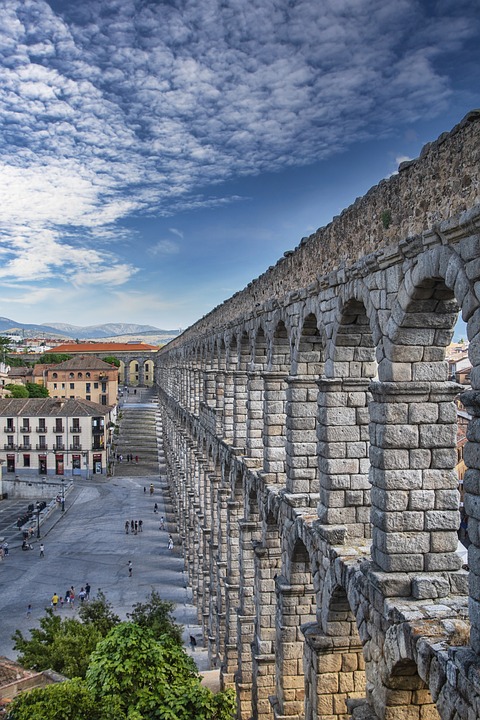Introduction
Winged Guardians: Águilas and Their Role in Ecosystem Balance
The Majestic Águilas
Aguila, meaning “eagle” in Spanish, is a generic name for various species of large, powerful raptors found in the Americas. These magnificent birds of prey hold a prominent position in both ecological and cultural contexts. They play a crucial role in maintaining the balance of ecosystems and symbolize strength, freedom, and vision. Let’s explore the importance of Águilas in sustaining biodiversity and the ecosystems they call home.
Predator at the Top of the Food Chain
As apex predators, Águilas occupy the highest level of the food chain within their habitats. Their exceptional hunting abilities and keen eyesight make them dominant figures in the ecosystem. By preying on smaller animals, Águilas regulate their populations, preventing them from overwhelming the environment. This control helps maintain biodiversity and ensures the survival of other species within the ecosystem.
Scavengers and Nature’s Cleaners
While Águilas are highly skilled hunters, they also play an essential role as scavengers. They feed on carrion, the decaying remains of dead animals, which helps in recycling nutrients and cleaning up the ecosystem. By removing carcasses, Águilas prevent the spread of diseases and maintain a healthy environment for all living beings. This scavenging behavior reduces the risk of epidemics and contributes to overall ecosystem health.
Seed Dispersal: Agents of Forest Regeneration
Águilas are not only great hunters and scavengers but also unwitting agents of forest regeneration. Some species of Águilas, like the Harpy Eagle, have been observed performing an important role in seed dispersal. These Águilas consume fruits and disperse the seeds across different locations, aiding in the establishment of new trees and the ecological continuity of forests. Their actions contribute to the growth, diversity, and regeneration of vital habitats.
Cultural Significance
Águilas hold great cultural significance in various indigenous communities and national symbols in many countries. They are frequently portrayed as symbols of power, courage, and freedom. Their images are found on flags, emblems, and ancient artworks. Many local myths and legends also depict Águilas as spiritual beings or guardians. This cultural respect and admiration for Águilas reinforce their conservation as well as the protection of their habitats.
FAQs Section
What are the different species of Águilas?
There are several species of Águilas, including the Bald Eagle, Golden Eagle, Harpy Eagle, Philippine Eagle, and many more. Each species has unique characteristics and slightly different ecological roles within their respective habitats.
Are Águilas endangered?
Several species of Águilas are considered endangered or vulnerable due to habitat loss, illegal hunting, and pollution. Humans have a critical role to play in conserving Águilas and their habitats to ensure their survival and the balance of ecosystems.
How can we help protect Águilas?
We can contribute to the conservation of Águilas by supporting organizations dedicated to their protection, raising awareness about their importance, promoting responsible tourism, and participating in programs aimed at preserving their habitats and reducing human-caused threats.
